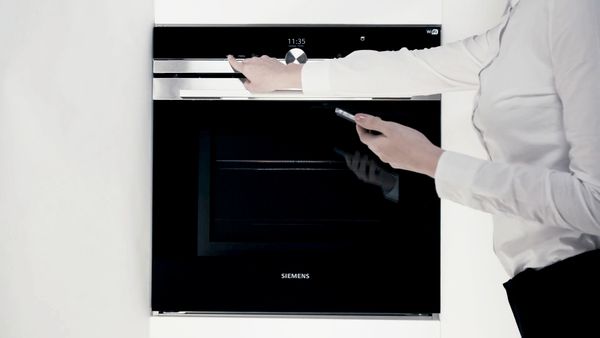
Siemens iQ500 BF555LMS0 forno a microonde Incasso Solo microonde 25 L 900 W Nero : Amazon.it: Casa e cucina

Siemens iQ500 BF555LMS0 forno a microonde Incasso Solo microonde 25 L 900 W Nero : Amazon.it: Casa e cucina

Siemens HM676G0S6 - ovens (Medium, Built-in, Electric, Black, Stainless steel, Buttons, Rotary, Electronic) : Amazon.it: Grandi elettrodomestici

Siemens HF25M5L2 forno a microonde | seguiprezzo/segui Amazon , grafici cronologia prezzo Amazon, monitoraggi prezzo Amazon, avvisi diminuzione prezzo Amazon | camelcamelcamel.com

ZLINE KITCHEN & BATH Microwave Oven 1.6-cu ft 1000-Watt Built-In Microwave with Sensor Cooking Controls and Cook (Stainless Steel) at Lowes.com

SIEMENS - Forno a Microonde CM633GBS1 da incasso con Grill Capacità 45 Litri Potenza 1000 Watt Colore Nero Serie iQ700 - ePRICE

Siemens BF525LMS0 Incasso Solo microonde 20L 800W Nero, Acciaio inossidabile forno a microonde : Amazon.it: Casa e cucina

Shop Cosmo 3 Piece Kitchen Package With 36" Electric Cooktop 36" Under Cabinet Range Hood 24" Single Electric Wall Oven at Lowes.com
















